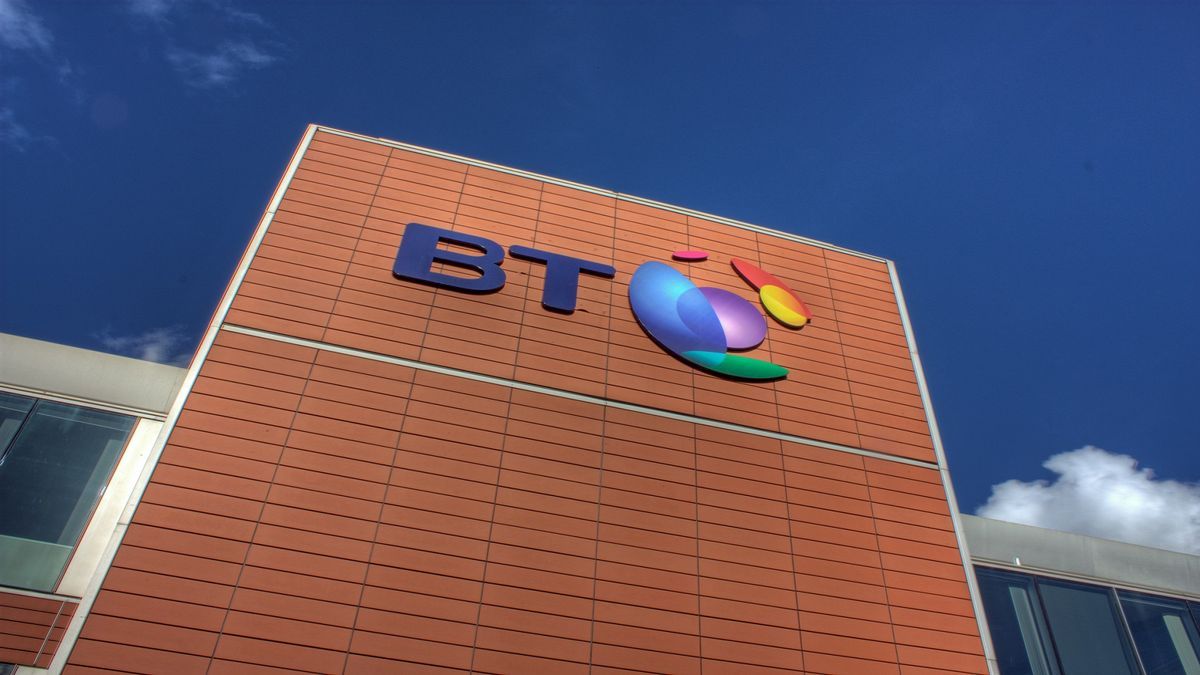
Advertisement
At the forefront of the Mobile World Congress in Barcelona, Howard Watson, Chief Technology Officer of British telecommunications behemoth BT, unveiled the company’s plans to roll out its inaugural stand-alone 5G network later this year, marking a significant milestone in the evolution of telecommunications technology.
In an exclusive interview with CNBC, Watson disclosed BT’s meticulous preparations to inaugurate its stand-alone 5G infrastructure, colloquially termed as “true” 5G within the industry. Emphasizing the criticality of fostering an ecosystem conducive to stand-alone 5G adoption, Watson highlighted the necessity of compatible devices to complement the network’s capabilities.
BT’s endeavors towards stand-alone 5G were bolstered by a successful trial conducted in collaboration with Swedish telco infrastructure giant Ericsson and chipmaking titan Qualcomm. This trial showcased the implementation of network slicing—a revolutionary configuration enabling the creation of multiple networks within a common physical network infrastructure.
“We’ve already been ensuring that the SIM cards that our customers have in their current 5G devices can do 5G stand-alone,” Watson elucidated, underlining BT’s proactive approach in readiness for the impending launch.
While competitors like Vodafone and Virgin Media O2 have already deployed their stand-alone 5G solutions, BT’s flagship mobile network, EE, has yet to unveil its independent infrastructure. The delay is partly attributed to BT’s anticipation of device support, particularly from industry giants like Apple, whose forthcoming iPhone 16 release may determine the viability of stand-alone 5G in Europe.
Explaining the concept of stand-alone 5G, Watson elucidated its potential to offer tailored network slices, catering to diverse user requirements such as ultra-low latency for gaming applications. This flexibility in network provisioning is poised to revolutionize consumer experiences, paving the way for dynamic pricing models based on usage patterns.
Milind Kulkarni, Vice President and Head of InterDigital’s wireless labs, contextualized network slicing as a pivotal advancement within the broader trajectory towards 5G Advanced—a comprehensive evolution of the 5G network architecture.
Despite the enthusiasm surrounding stand-alone 5G, industry players confront the challenge of articulating its value proposition to consumers amidst ongoing disparities in 5G network coverage. Bridging this gap necessitates concerted efforts from network operators, device manufacturers, and regulatory bodies to ensure seamless integration and widespread adoption.
BT’s strategic pivot towards stand-alone 5G reflects its commitment to innovation and customer-centricity, aligning with its broader vision of delivering cutting-edge telecommunications solutions. As BT navigates the complex terrain of 5G deployment, its leadership role in shaping the future of telecommunications remains pivotal in driving societal and economic transformation on a global scale.
